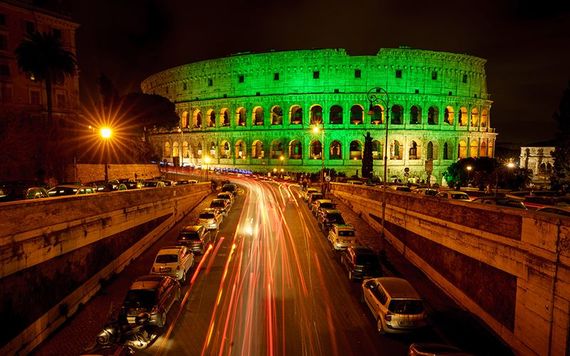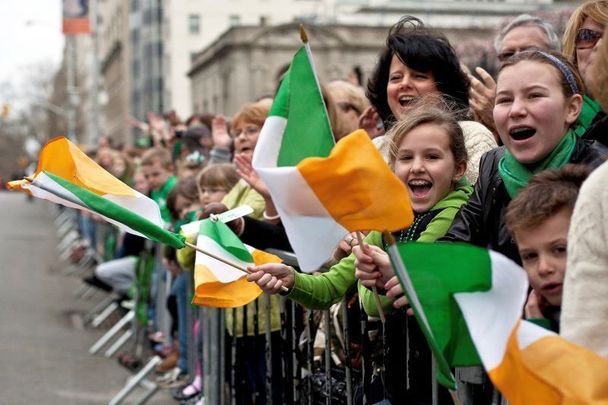St. Patrick’s Day is just around the corner and we hope you’re looking forward to it as much as we are.
It’s a day of celebration and fun, but it’s also a day to recognize and appreciate our identity and Irish history, not just in Ireland but alongside our friends within the Irish Diaspora and beyond.
Who was St. Patrick?
St. Patrick, the patron saint of Ireland, is one of Christianity’s most widely known figures. Originally from England, the story goes that as a teenager, St. Patrick was taken prisoner by a group of raiders. They transported him to Ireland and kept him captive until he eventually escaped and returned to England. During his time as a prisoner he turned to Christianity for solace, and it’s said that God came to him in the form of a dream and told him he would help convert the Irish people to Christianity.
St. Patrick returned to Ireland to do just that and traveled all over the country teaching people about the religion. It’s believed he used a three-leaved shamrock, which is now seen as the official symbol of St. Patrick’s Day, to explain the Holy Trinity, i.e., God the Father, God the Son, and God the Holy Spirit. He is also remembered for the famous legend that he banished all the snakes from Ireland.
St. Patrick’s Day officially became a national holiday in Ireland in 1903. The 17th of March was practiced as a Holy day and families would pin bunches of shamrock to their jackets and go to Mass. Years later, the day became more of a celebration. Parades would be held in Dublin and even in small towns across the country featuring performances and community clubs.
St. Patrick’s Day today
Over the years, St. Patrick’s Day has gained international recognition, and people from all over the world flock to Dublin for the spectacular festival normally held each year.
Karen Walshe is the artistic director for the St. Patrick’s Festival, and she spoke to IrishCentral in 2021 about what goes on behind the scenes of one of the biggest days in the Irish calendar. “The Festival takes place one week each year centered around St. Patrick’s Day on the 17th of March when we host the internationally renowned parade,” she says.
“From 12 p.m. the streets of Dublin are packed with over half a million revelers as we see marching bands from all over the world perform, and our world-famous pageant companies who respond to the Festival theme for that year. There are over 3,000 participants performing that day. Over the course of the Festival week, we celebrate Irishness past and present through a huge cultural program for all ages, abilities, and interests.”
How do the global Irish celebrate?
Until 2022 every year countries all over the world paid tribute to St. Patrick’s Day and got behind the celebrations as part of a “Global Greening,” with landmarks and tourist sites going green for the day.

The Colosseum in Rome over St. Patrick's Day.
From New York to Sydney, it’s incredible to see the passion others feel for their Irish roots. It’s also an important day for Irish politics, and each year the Taoiseach (Prime Minister) travels to the White House in Washington for a diplomatic exchange, by gifting a bowl of shamrocks to the president of the United States, which first took place during the 1960s.
St. Patrick’s Day is also a time for the Irish Diaspora to connect with their roots and is especially poignant this year as travelers who haven’t had the opportunity to return to Ireland hit the ground running.
* Originally published in 2021. Updated in March 2024.




Comments